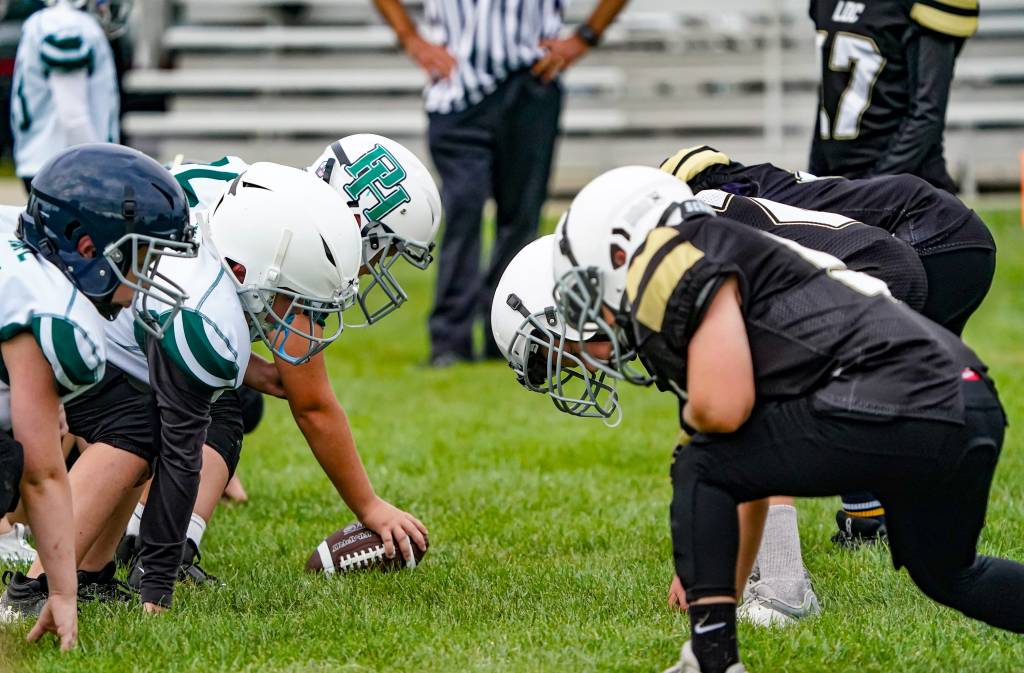Is the Safest Football Helmet Worth its Price Tag?
Anwar Stetson

Athletes, coaches, and parents are always looking for the latest technology to keep players safe on the football field, and as youth athletes prepare this summer for upcoming training camps and the regular season, utilizing the latest tech can help them feel safe and comfortable. While no football helmet has been developed that can completely prevent concussions, one university has worked consistently to find the safest on the market.
Virginia Tech has a well-detailed history of concussion and helmet research, producing numerous studies on multiple sports, including football, hockey, cycling, and equestrian, all of which are independently funded. Its lab has also independently studied the risks and effects of concussions for over a decade.
Its 2025 football reports tested helmets using a precise system to test for safety and concussion prevention. With a swinging pendulum, scientists whack helmets from multiple angles, testing how well each takes impact.
The lab performs 48 impact tests per helmet across multiple zones and energy levels, measuring both linear and rotational acceleration. Helmets were tested both in the lab as well as during play on the field, fitted with sensors to test impact. The lab then scores helmets based on the “Summation of Tests for the Analysis of Risk,” or the S.T.A.R. system. Scores are weighted by how often each type of impact occurs in real play.
The lower the score, the better the helmet. The helmets with the lowest scores are rated “five stars.” According to the Virginia Tech Helmet website, the lab “tests assess each helmet’s ability to reduce both linear and rotational head acceleration from impact scenarios representative of those experienced in football,” and only recommends helmets be worn if they have four or five stars.
The football tests were separated into a youth study (helmets for players 10 to 14 years old) and a varsity study (above 14 years old).
In 2025, the safest-rated helmet for varsity football is the LIGHT Apache by LIGHT Helmets. For youth, the LIGHT Apache Lightning Youth ranked first.
LIGHT Helmets are 3D printed and marketed as “consolidating the build into fewer pieces,” according to the company’s website. The company claims the consolidated build reduces weight and enhances structural integrity.
At $649, the varsity Apache model was a lower cost at the time of testing than 12 of the helmets in the study, and it is significantly less than other helmets like the $1,700 Riddell Precision-Fit.
Rounding out the top five at the varsity level are Apache, the Vicis Zero2 Trench, Xenith Orbit Pro, Light Gladiator ATK, and Vicis Zero2.
The Vicis Zero2 and Vicis Zero2 Trench retail much lower now than their initial prices at testing, with prices ranging between $600 and $700. They are heavier than the Apache, but the difference in its safety scores is minor.
The Vicis Zero2 Trench has a score of 0.52, while the Apache has a score of 0.46. Some versions of the “Trench” retail lower than the LIGHT Apache, but the “Trench” model is built specifically for linemen, while the Apache has more general use on the football field.
The lowest-ranked helmet in the study was the Schutt Air XP Pro Q10, which received a score of 25.77, resulting in a three-star rating. It retails at $210, cheaper than most helmets, but for a much higher risk of head injury, according to the university. However, Schutt also had multiple five-star-rated helmets on the list. The Schutt F7 LTD, with a score of 0.75, ranked #6 of 35 helmets tested.
The top five for the youth study were the LIGHT Apache Lightning Youth, Vicis Zero2 Youth, Xenith Shadow XR Youth, Vicis Zero1 Youth, and Riddell SpeedFlex Diamond Youth.
At the youth and varsity level, the lowest-rated helmets were generally the oldest, usually released around 2016-2017. Though concerns about safety won’t go away anytime soon, parents may find comfort in knowing that helmet technology continues to get better year after year.